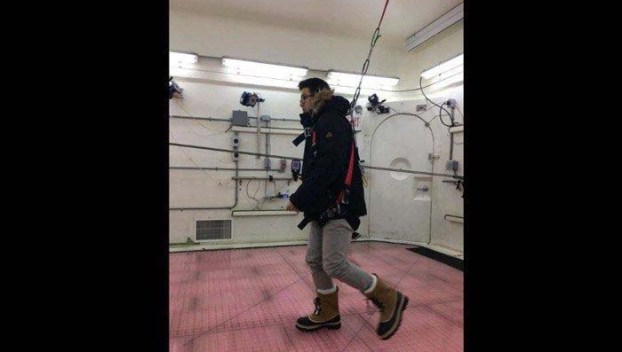
Cnhi Network
Slip sliding away: Most winter boots have no grip
(RNN) – Here’s the cold hard truth. Read more

(RNN) – Here’s the cold hard truth. Read more
On Jan. 15, 1885, one man sat outside his house in the freezing cold with some black cloth, ... Read more